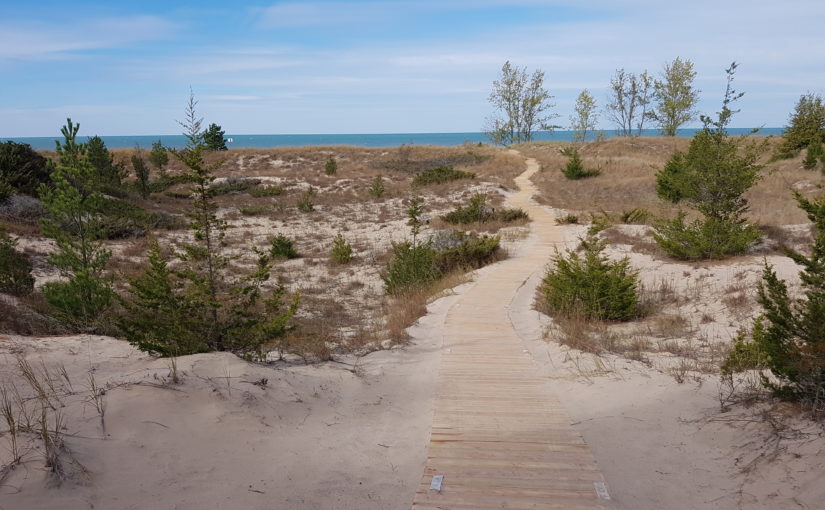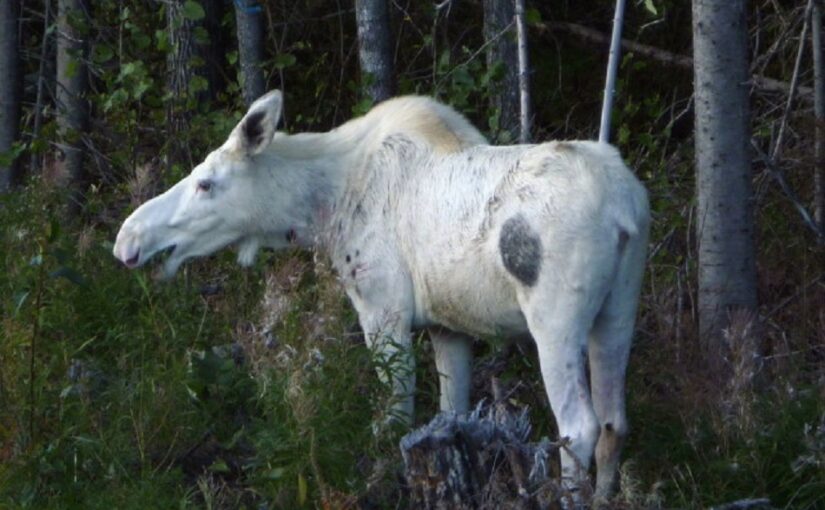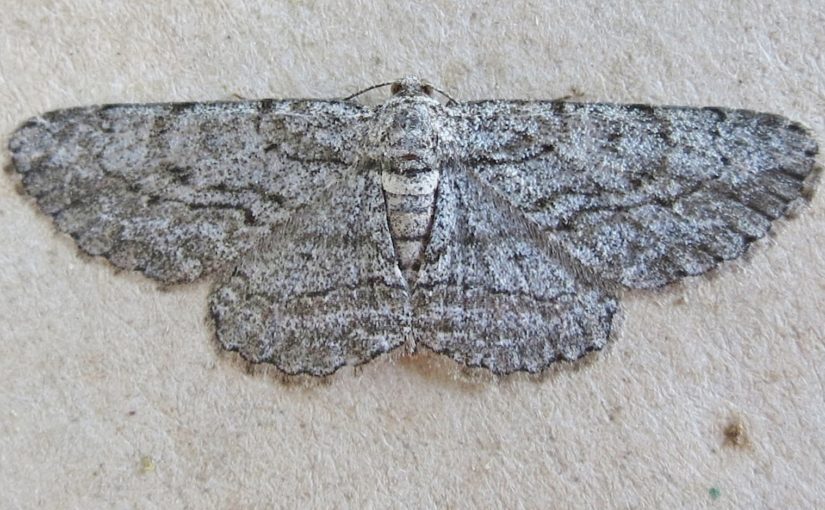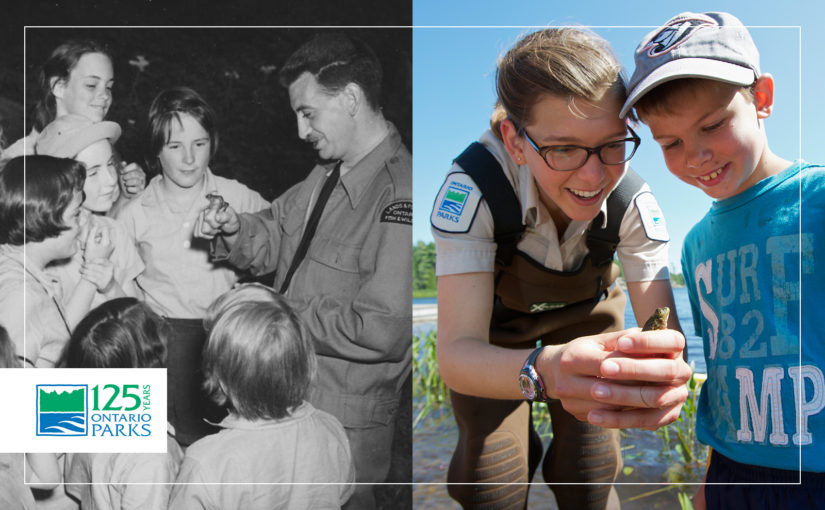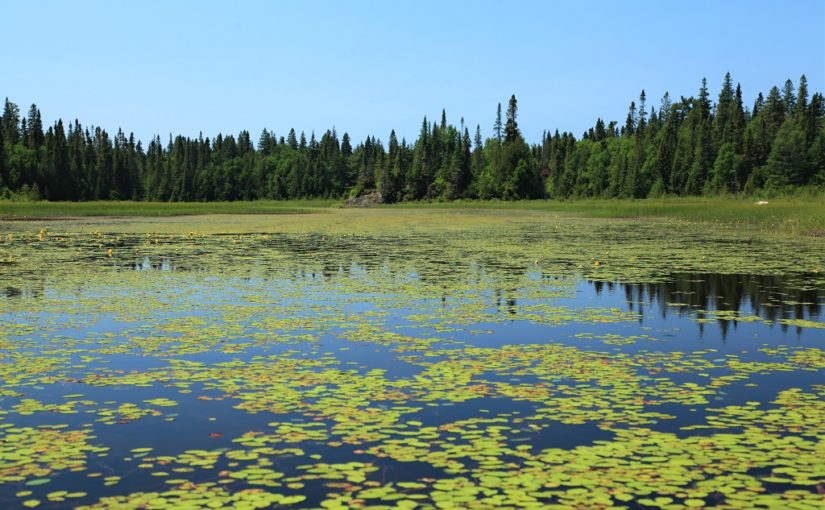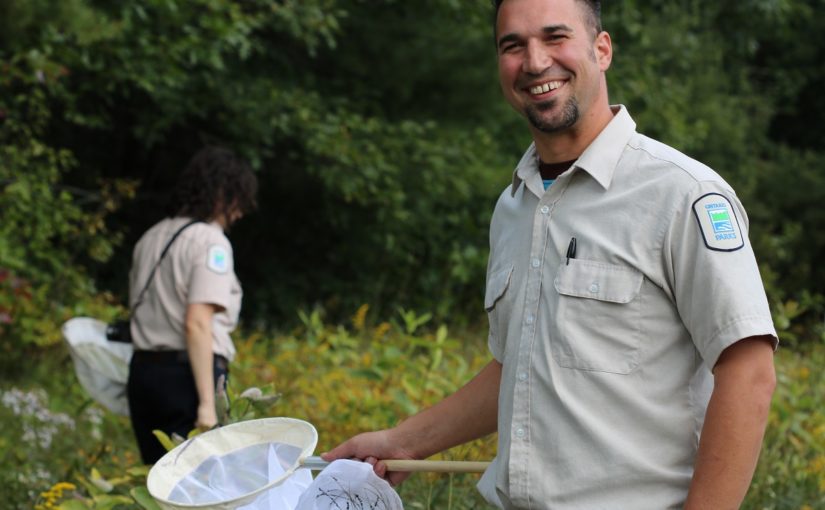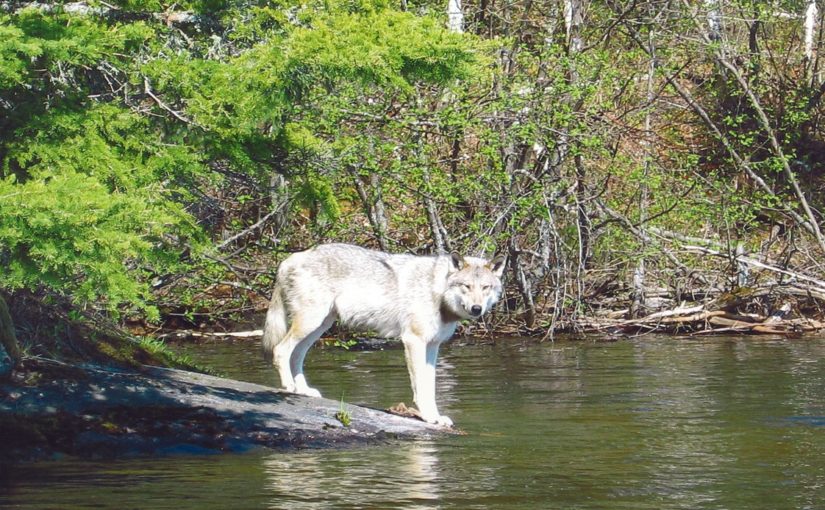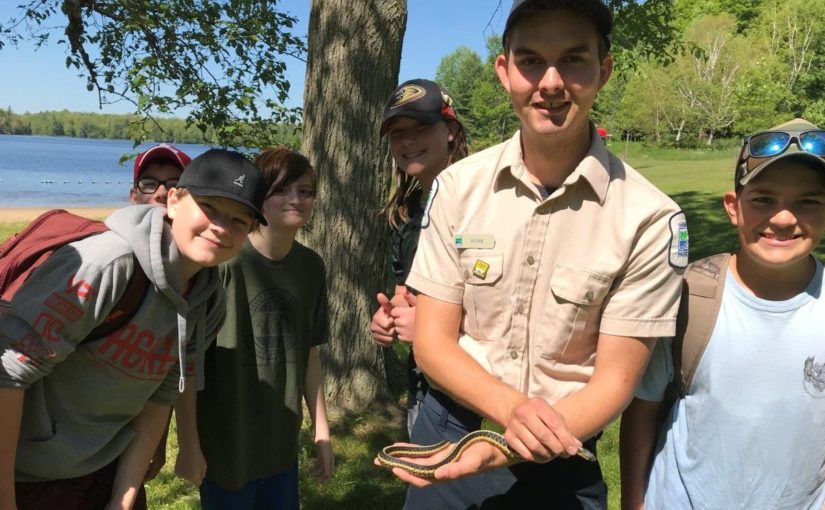In today’s post, Biologist Intern Michelle Lawrence gives us an insider look at Killarney’s “nightlife,” and shares how staff are working to protect the park’s bat populations.
Killarney Provincial Park has been called “a crown jewel of the provincial parks system” by some, and it’s not hard to see why.
With white quartzite mountains and sparkling blue lakes, Killarney is truly a sight to behold. In Killarney’s wilderness, White Pine grow, live, and die; Moose munch on water lilies; and the forests and wetlands teem with warblers and other songbirds.
But when the sun goes down, not everyone in the park goes to sleep…

